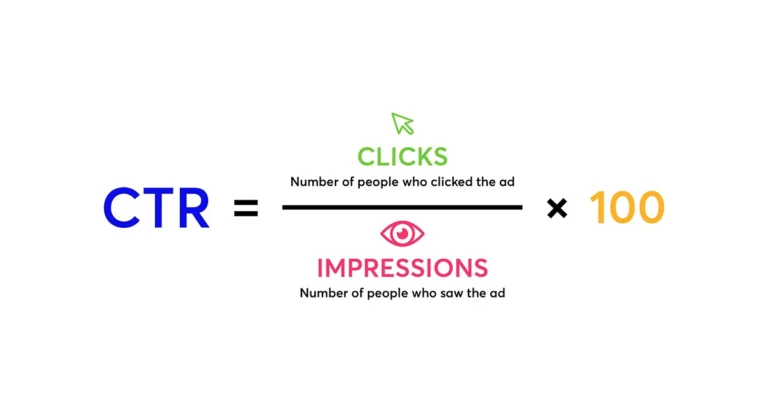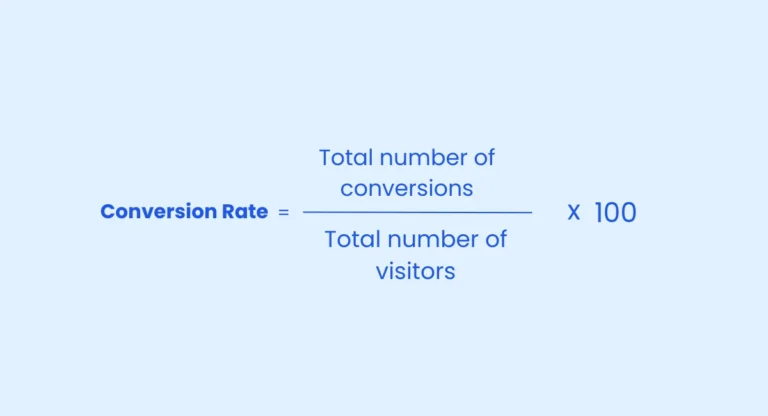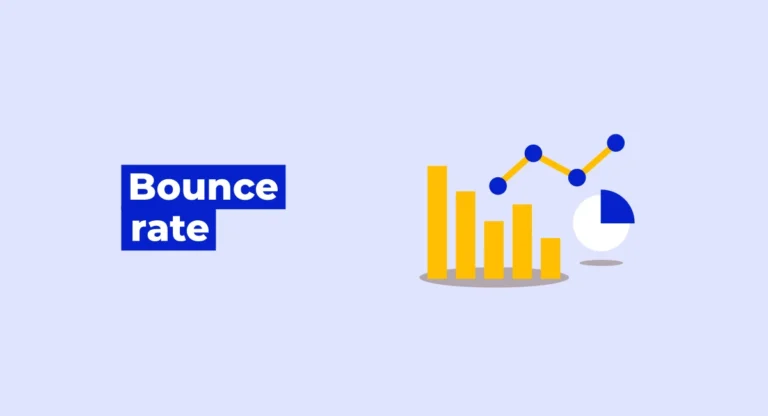Relying solely on organic reach often isn’t enough to make a significant impact. That’s where paid advertising steps in, offering brands the power to target specific audiences, accelerate conversions, and boost growth. The flexibility and targeting precision of paid advertising make it a go-to strategy for brands looking to stand out. However, success with paid ads isn’t about spending large sums—it’s about smart planning, optimization, and understanding your audience. This guide will provide you with everything you need to set up, manage, and refine your paid advertising campaigns, ensuring that your ad spend yields tangible results.
Table of Contents
Paid advertising is a marketing strategy where brands pay for ad placements across various online platforms, such as Google, Facebook, Instagram, and LinkedIn. These ads can show up in search results, social media feeds, websites, and other online locations.Unlike organic marketing, which relies on natural engagement, paid advertising allows brands to gain immediate visibility, making it an essential tool for boosting brand awareness, increasing website traffic, and generating leads.
Paid advertising is effective because it provides immediate and measurable results. With tools to monitor ad performance in real time, you can track metrics like click-through rates (CTR), cost-per-click (CPC), and conversions to see what works. Moreover, paid ads offer highly customizable targeting options, allowing you to reach specific demographics, interests, and locations with precision. This capability makes it easier to connect with your ideal customers and maximize your return on investment (ROI).
To make the most of paid advertising, it’s important to understand different types of campaigns, possibly with the guidance of a content marketing agency, can help refine how each can benefit your brand.”
PPC is a popular paid advertising model, often managed by a reliable ppc agency, where advertisers pay each time a user clicks on their ad.This model is often used on search engines like Google, where brands bid on keywords relevant to their products or services. PPC ads can give your brand a prominent position on search engine results pages (SERPs), attracting users who are actively searching for information.
Social media platforms like Facebook, Instagram, LinkedIn, and Twitter with the support of a social media marketing agency, offer versatile advertising options, including image ads, video ads, and carousel ads. With powerful audience targeting tools, these platforms allow brands to reach users based on age, interests, behaviors, and more.
Display ads are visual ads that appear on third-party websites, usually in the form of banners, pop-ups, or videos. Google Display Network (GDN) is a popular choice for display advertising, as it offers access to millions of websites.
While not a traditional form of paid advertising, influencer partnerships involve paying influencers to promote products or services. This strategy leverages the influencer’s follower base, enabling brands to reach new audiences in an authentic way.
Remarketing ads target users who have previously interacted with your website or app.
Starting a paid advertising campaign involves several key steps. Whether you’re aiming to increase brand visibility, generate leads, or drive sales, each step will help guide you towards a successful outcome.
Setting clear goals is the foundation of any successful paid advertising campaign. Objectives can range from raising brand awareness to driving conversions. Each goal requires a different approach and set of key performance indicators (KPIs) to measure success.
Each advertising platform serves a different purpose, and a digital marketing agency can help determine which one aligns with your goals. For example, Google Ads may work well for a business targeting search traffic, while Instagram is better for visually appealing brands targeting younger demographics.
Determining a realistic budget is essential. Platforms offer flexible budget options, such as daily budgets, lifetime budgets, and cost-per-click (CPC) bidding. It’s often best to start with a modest budget and scale up once you have performance data.
Your ad content should be eye-catching and relevant. Use language that resonates with your audience, and include a clear call-to-action (CTA) to encourage clicks.
Audience targeting is crucial in paid advertising. Most platforms offer options to target based on demographics, interests, behavior, and location, allowing you to create custom audiences that are more likely to engage with your ads.
A/B testing, or split testing, involves creating different versions of your ads to see which performs best. This could involve testing variations of headlines, CTAs, or visuals.

Since a large percentage of users browse on mobile, it’s important to ensure your ads and landing pages are mobile-friendly. Test your ads on mobile devices to confirm they appear correctly.
Retargeting keeps your brand visible to users who’ve previously shown interest. This strategy is particularly effective for recovering lost conversions by reminding users to return and complete an action.
Paid advertising platforms provide robust analytics tools to monitor ad performance. Regularly track metrics such as CTR, CPC, and conversion rate to identify areas for improvement.
Understanding and measuring the effectiveness of your paid ads is essential to making data-driven decisions:
CTR tracks how frequently people click on your ad after seeing it. A high CTR usually suggests that your ad is appealing and relevant.

CPC is the cost you incur for each click on your ad. Optimizing CPC can help you maximize your budget and get the most value out of each click.

Conversion rate is the percentage of clicks that result in a desired action, such as signing up, purchasing, or downloading. This metric helps you understand how effectively your ads are driving desired outcomes.

ROAS calculates the revenue made for every dollar spent on advertising.High ROAS indicates that your campaign is effective in generating revenue relative to its cost.
Bounce rate measures the percentage of visitors who leave your landing page without taking action. A high bounce rate may indicate that your landing page content isn’t resonating or aligning with your ad promise.

Paid advertising is a powerful tool for brands looking to enhance their digital presence, drive conversions, and reach a specific audience. By understanding the types of ads available, setting clear objectives, creating compelling content, and continually refining your strategy, you can make paid advertising a high-ROI channel for your business. Start with small, test-driven campaigns, learn from the results, and watch your ad performance—and business—thrive.
Nirbhay Chauhan is a Performance Marketing and ROI Specialist with expertise in SEO, PPC, and media planning. With a passion for data-driven strategies, Nirbhay helps businesses scale by optimizing their marketing efforts to deliver measurable results. His extensive experience in driving online growth and maximizing ROI makes him a trusted partner for businesses looking to elevate their digital presence.